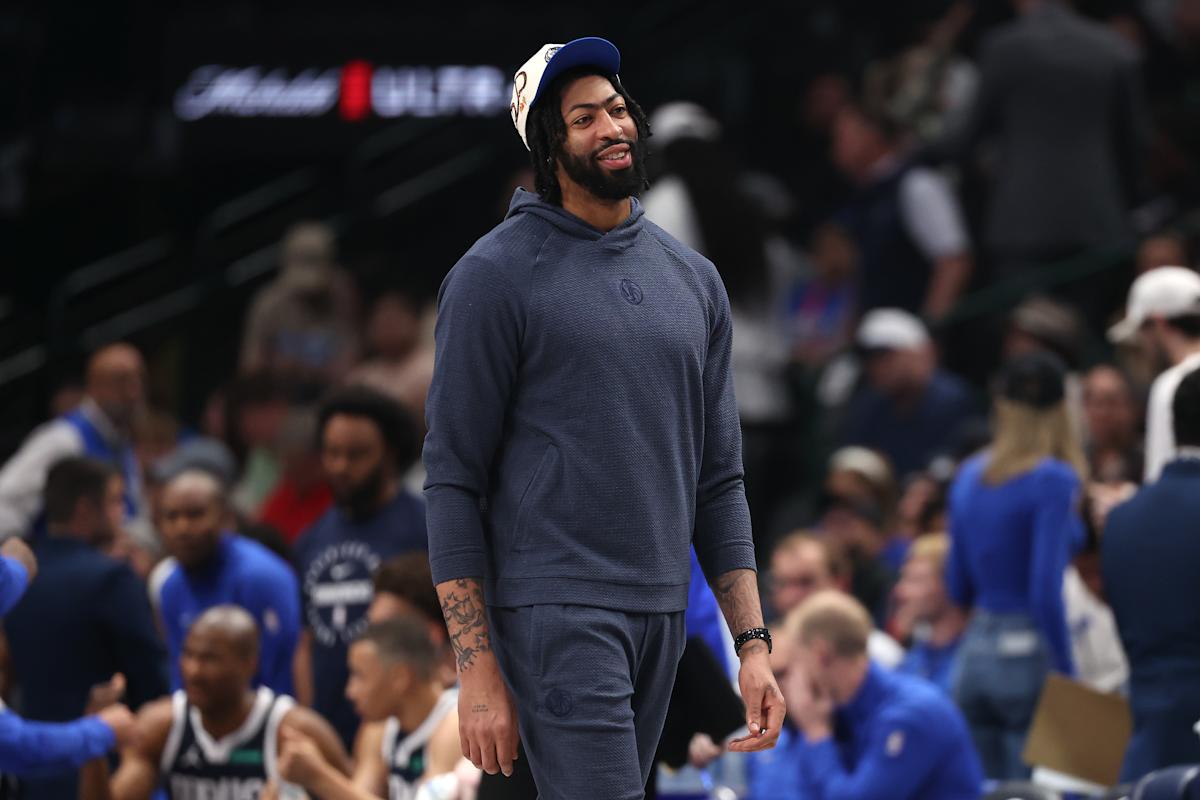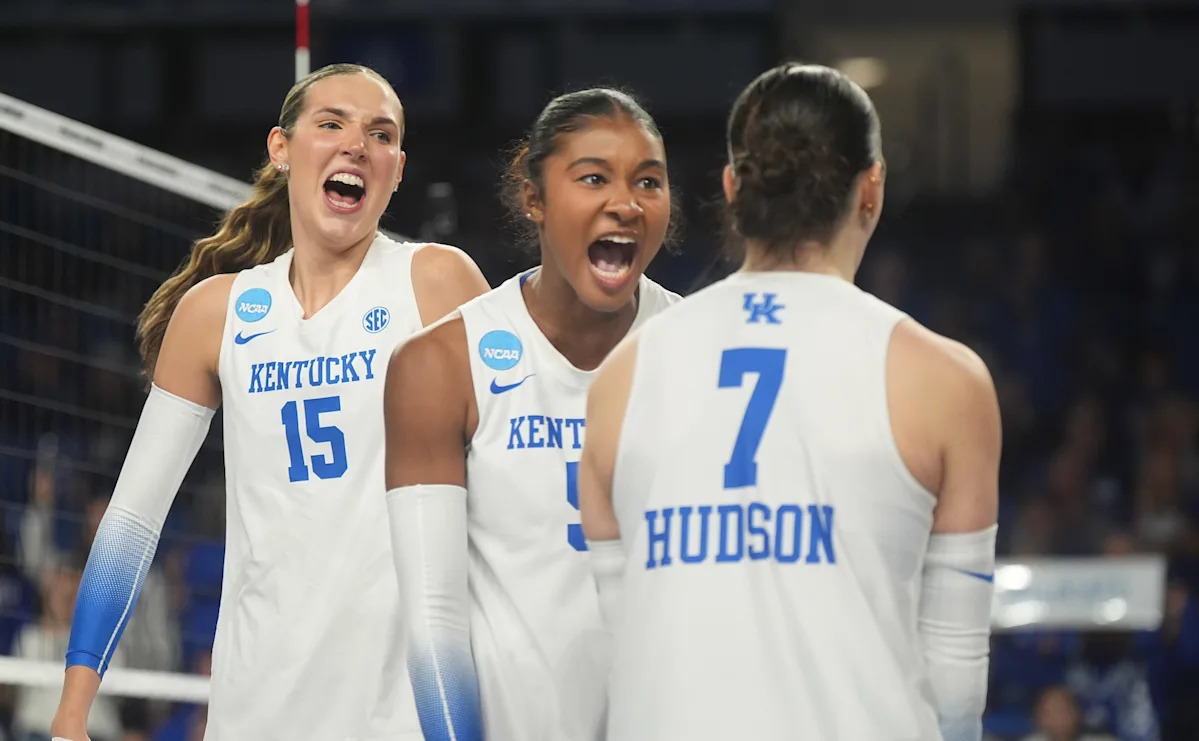The UFC loves its easy archetypes. The meathead with a flag. The wannabe comedian who can’t string together a single proper coherent sentence without sounding like a high school bully. The born-again zealot who treats fight week like Sunday school. They sell predictability disguised as personality, and the machine eats it up because it’s easy. But every now and then, someone walks in and blows a hole through the script. That hole has a name inked in black across his chest: Payton Talbott.
Nineteen seconds is all it took to announce himself. That’s how long it took him to starch Cameron Saaiman and etch his name into bantamweight history. The knockout was violence, yes, but it was also punctuation… the exclamation point that followed months of whispers about a Reno kid who fought like a tidal wave and carried himself like nothing the UFC had ever seen. This was not the usual “aw-shucks” wrestler or manufactured trash-talker. This was a psychology graduate who played violin, painted his nails, trained on a pole bar, and then turned men into highlight reels.
The Unlikely Path
Talbott wasn’t supposed to be here. Born in Las Vegas, raised in Reno, he grew up in a house of contradictions: a mother who was both a plastic surgeon and a bikini competitor, siblings who sharpened each other through constant competition, a heritage that was African American and Choctaw. He wrestled, he played football, but fighting wasn’t the dream. He thought MMA was barbarism for thick-necks. Then he stumbled onto a Conor McGregor highlight reel. Precision, rhythm, showmanship… fighting as performance. He saw poetry in punches. And once he saw it, he couldn’t unsee it.
So he walked into the Reno Academy of Combat in 2017 and promptly got his nose smashed. Most kids would’ve packed up their gloves. Talbott loved it. He said the pain melted his stress away. He found truth in the violence. That’s been the through-line ever since: Payton Talbott doesn’t run from the fight. He runs into it and drags you with him.
More Than a Fighter
He wasn’t just another gym rat. He studied psychology and music at the University of Nevada. He collected vinyl. He played instruments. He thought about becoming a firefighter or a music therapist. He thinks like an analyst and performs like an artist. He says he wants to know his opponents better than their girlfriends or their parents. He doesn’t just want to beat them. He wants to dismantle them.
Education
Psychology MajorMusic Minor
Interests
ViolinVinyl RecordsFilm Editing
Training
Pole DancingTraditional MMA
Heritage
African AmericanChoctaw Nation
Rising Through the Ranks
The UFC ate it up because he gave them blood and brains in one package. He tore through the amateur scene, went 5–0, then turned pro in 2021. Knockout after knockout stacked up until Dana White threw him on the Contender Series in 2023. He set a record for significant strikes landed and earned a contract. From there, it was carnage. A submission win. A two-minute TKO. A nineteen-second knockout that made fans choke on their beer. Analysts called him the fastest-rising star in the division. Henry Cejudo, the Olympic champ and double-titleholder, called him “a threat to anyone in the top ten.”
Then reality checked him. Raoni Barcelos dragged him into deep water in January 2025 and handed him his first loss. Talbott admitted later he was fighting through vertigo after smashing his head on the cage, but excuses mean nothing here. What mattered was the rebound. Five months later he stuffed twelve of fifteen takedown attempts against Felipe Lima and walked out with a win he called the biggest of his career. It wasn’t about the opponent. It was about proving he could break, rebuild, and return sharper. That’s the mark of a real fighter.
Breaking the Mold
But the fights are only half the story. The other half is what happens when the gloves come off. Talbott is a walking middle finger to the UFC’s toxic masculine playbook. He trains on the pole and credits his mother and sister, both instructors, for showing him the discipline and control it takes. He wears mesh crop tops to fight week. He paints his nails. He skateboards. He edits short films. He called Andrew Tate “poison for masculine culture” while half the roster was still quoting Tate like scripture. In a sport addicted to caveman cosplay, Talbott stands out because he isn’t faking anything. He is showing you exactly who he is, and if it makes you uncomfortable, that’s your problem.
A Different Kind of Fighter
And here’s why that matters. Sean Strickland sits at press conferences spewing paranoia about women, immigrants, and manhood like a drunk uncle who found a microphone. Bryce Mitchell waves Bibles in the cage, raps about flat Earth conspiracies, and preaches like he’s auditioning for a tent revival. Both men are talented fighters. Both are also walking billboards for the UFC’s lowest common denominator… the side of the sport that thrives on ignorance because it’s easier to market than intelligence. Talbott does not play that game. He has a psychology degree. He has a music minor. He can walk into a press conference and string together sentences that do not alienate ninety percent of the audience. He can talk about identity without turning it into a sermon against women. He can critique masculinity without collapsing into self-parody. He is proof that fighters can be articulate, educated, and dangerous all at once. The Stricklands and Mitchells of the UFC will always have their fans, but the rise of someone like Talbott is a breath of fresh air in a sport that has been suffocating under its own stupidity.
The Black Hole
Of course, controversy follows anyone who refuses to fit the mold. Talbott’s black-hole tattoo has become an obsession. Centered over his chest, it looks like someone drilled a void straight through him. Some fans see anime references. Others see a portal. Talbott himself has said it represents emptiness, the stripping away of false fronts, the honesty of staring into the void. It is not body art. It is body armor. He curated it the way he curates everything… deliberately. Even his blackout leg tattoos are carefully chosen, building a silhouette that makes his body look like a canvas. He knows exactly what he’s doing.
The Frank Ocean Connection
And then there is Frank Ocean. The sightings began in 2024 when Ocean posted a dinner photo. By Valentine’s Day 2025, the two were spotted again. Ocean showed up cageside, posted fight screenshots with hearts and laughing emojis, and sent the internet into a frenzy. Fans dissected Frank’s lyrics, pointing to his line from “Chanel”… “my guy pretty like a girl, and he got fight stories to tell”… like it was prophecy. Talbott has never confirmed anything. He has never denied anything either. Asked about it, he shrugged. “He just reached out after one of my fights. We hung out. The universe connects people.” Asked about his sexuality, he dropped the line that will follow him forever: “Who I’m trying to have sex with is none of your business, unless I’m trying to have sex with you.” That’s not coyness. That’s a sledgehammer to the voyeurism of fight culture.
Handling the Heat
The so-called dirt on him has been laughable. In 2024 a viral video circulated of a man humiliating himself with a vape. Fans swore it was Talbott. At a press conference, he killed it with one line: “That’s not my butt.” He laughed about it later, turning scandal into meme. He also went on a parody dating show called Fight or Flight, choosing women based on blind conversations. He admitted afterward he didn’t find love. That wasn’t the point. The point was showing he could take a joke and mock the very idea of fighters as macho demigods.
The Future of Fighting
And that is why Payton Talbott matters. He is not a gimmick. He is not a mascot. He is not a brand sculpted by UFC marketing. He is violence and vulnerability in the same body. He is a psychology major who dismantles opponents. He is a musician who finds calm in vinyl. He is a fighter who pole dances and shrugs at the outrage. He is a public figure linked to Frank Ocean who will not be bullied into labels. Inside the cage, he is a rising problem for the bantamweight division. Outside of it, he is a cultural earthquake forcing MMA to confront its own insecurity.
Payton Talbott is not the future the UFC thought it wanted. He is the future it’s going to get whether it likes it or not.






















